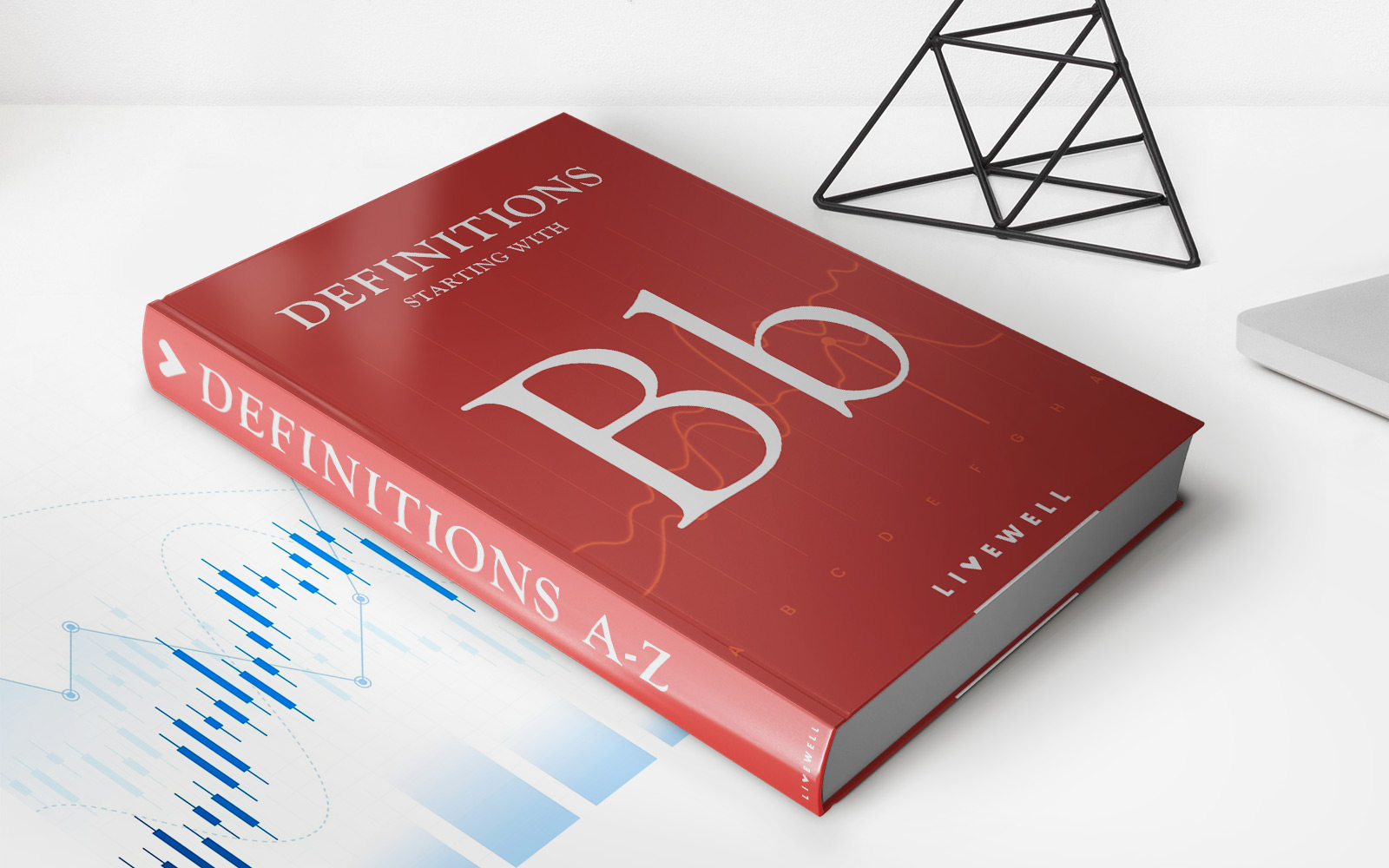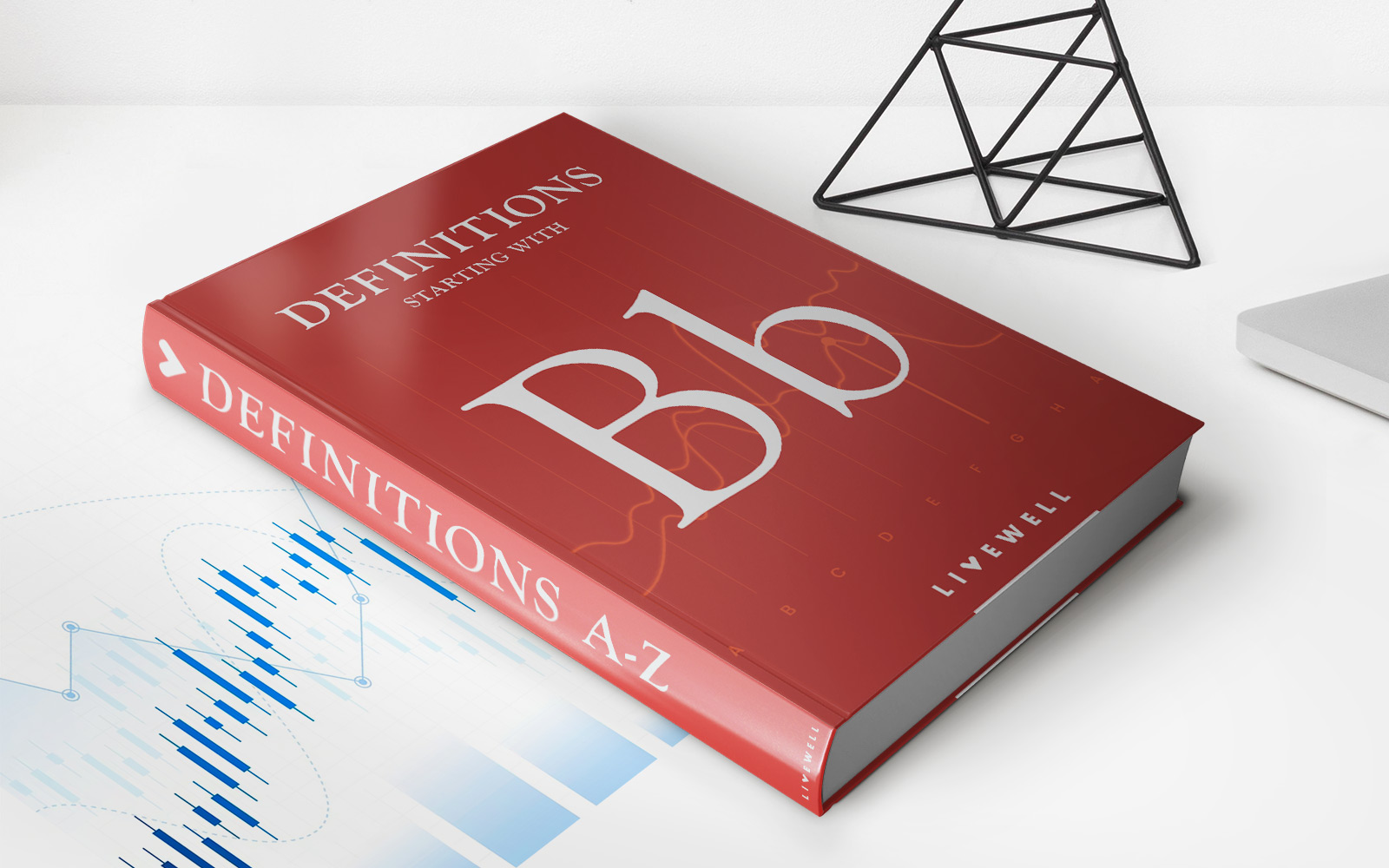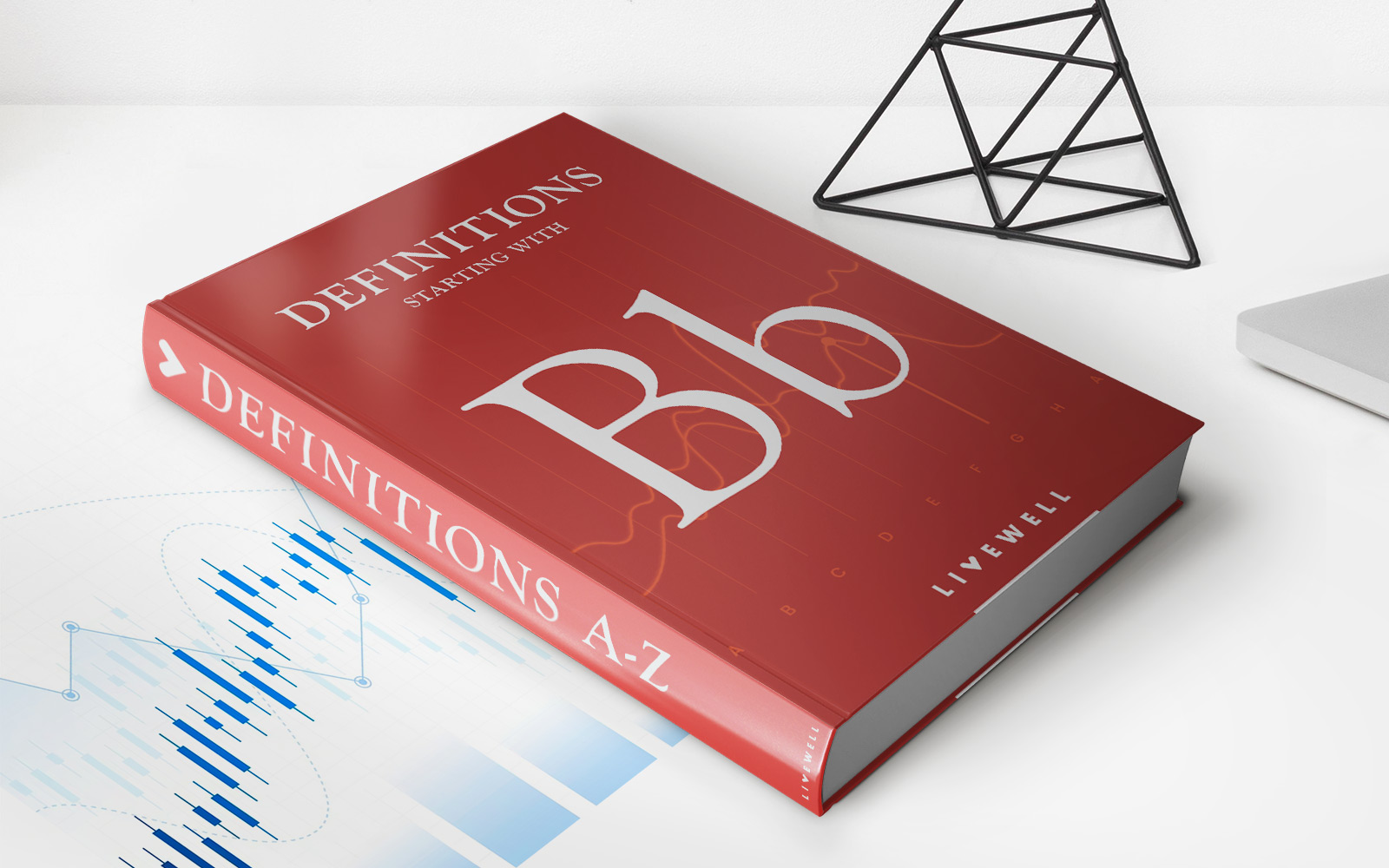

Finance
When To Apply For Private Student Loans
Published: January 20, 2024
Looking for financial assistance to fund your education? Discover when to apply for private student loans and take control of your finances.
(Many of the links in this article redirect to a specific reviewed product. Your purchase of these products through affiliate links helps to generate commission for LiveWell, at no extra cost. Learn more)
Table of Contents
Introduction
When it comes to financing a college education, many students and their families turn to student loans to help cover the costs. While federal student loans are often the first choice for many, they may not always be enough to cover the full expense of tuition, room and board, and other educational expenses. This is where private student loans come into play.
Private student loans are offered by banks, credit unions, and other financial institutions to help bridge the gap between the cost of attendance and any other financial aid that may have been awarded. These loans can be used to pay for tuition, books, housing, and other educational expenses.
Before you rush to apply for private student loans, it’s important to have a clear understanding of how they work and when it is appropriate to apply for them. This article will guide you through the process of understanding and applying for private student loans, as well as provide the best times to consider them.
It’s important to note that private student loans should be used as a last resort after exploring all other options, including grants, scholarships, and federal student loans. While private student loans can be a valuable resource, they often come with higher interest rates and less flexible repayment options compared to federal student loans.
In this article, we will discuss private student loans in detail, including how to assess your financial needs, researching loan options, understanding the application process, and ultimately determining when it is the right time to apply for private student loans.
Understanding Private Student Loans
Private student loans, also known as alternative student loans, are loans provided by private lenders to help students and their families pay for education-related expenses. Unlike federal student loans, which are funded by the government, private student loans are offered by banks, credit unions, and online lenders.
Private student loans can be used to cover a variety of college expenses, including tuition, room and board, textbooks, supplies, and even travel costs. However, it’s important to note that the amount you can borrow with a private student loan may be limited based on the cost of attendance determined by your college or university.
Unlike federal student loans, private student loans often require a credit check and may require a cosigner, such as a parent or guardian, if the borrower has limited credit history or income. The interest rates for private student loans can vary depending on factors such as creditworthiness, the lender, and the repayment term.
One key difference between federal and private student loans is the repayment terms. Federal student loans typically offer more flexible repayment options, such as income-driven repayment plans and loan forgiveness programs. Private student loans, on the other hand, may have fewer options and stricter repayment terms.
It’s important to carefully review the terms and conditions of any private student loan before borrowing. Be sure to understand the interest rate, repayment timeline, and any fees associated with the loan. Additionally, consider the long-term impact of taking on debt and how it will affect your financial future.
Private student loans should be used as a supplemental option after maximizing federal student loans, scholarships, and grants. Before applying for a private student loan, it’s important to exhaust all other avenues of financial aid. Take the time to research and explore scholarship opportunities, grants, and federal student loan options to ensure you’re making an informed decision.
Next, we will discuss how to assess your financial needs and determine the amount of private student loans you may require.
Assessing Financial Needs
Before applying for private student loans, it’s crucial to assess your financial needs to determine how much funding you will require. This step is essential to ensure that you borrow an amount that is reasonable and necessary to cover your educational expenses.
The first step in assessing your financial needs is to create a budget. Take into account all the costs associated with attending college, including tuition, room and board, textbooks, transportation, and personal expenses. Be sure to factor in any financial aid you have already received, such as scholarships or grants, as well as any income you will receive from part-time jobs or internships.
Once you have a clear picture of your expenses and available resources, you can determine the amount of private student loans you may need. Start by subtracting your financial aid and income from your total estimated costs. The remaining amount represents the gap that needs to be covered by private student loans.
Remember to borrow only what is necessary and avoid taking on excessive debt. It is recommended to borrow only what you need for essential expenses and try to minimize borrowing for non-essential expenses like entertainment or luxury items.
Additionally, consider the long-term implications of borrowing. Think about how the repayment of the loans will impact your post-graduation financial situation. It’s important to be realistic about your future earning potential and make informed decisions about the amount of debt you are comfortable taking on.
It’s worth noting that private student loan lenders often have borrowing limits, so you may not be able to borrow the full amount needed. In such cases, you may have to explore other funding sources or adjust your budget to reduce expenses.
Overall, assessing your financial needs is an important step in the private student loan process. By carefully considering your expenses and available resources, you can determine the appropriate amount to borrow and make informed decisions about your education financing.
Next, we will discuss how to research and compare private student loan options to find the best fit for your needs.
Researching Private Student Loan Options
Once you have assessed your financial needs and determined that private student loans are necessary, the next step is to research and compare different loan options. It’s important to explore various lenders and loan terms to find the best fit for your specific circumstances and financial goals.
Start by researching reputable lenders who offer private student loans. You can begin by checking with your local bank or credit union, as they may have special financing options for students. Additionally, there are online lenders and loan marketplaces that allow you to compare rates and terms from multiple lenders in one place.
Consider factors such as interest rates, repayment terms, and loan fees when comparing different lenders. It’s essential to understand how much interest you will be charged over the life of the loan and whether there are any fees associated with the loan, such as origination fees, late payment fees, or prepayment penalties.
Another crucial aspect to consider is the repayment options offered by each lender. Some lenders may offer flexible repayment plans, such as interest-only payments while in school or the option to make full payments immediately. Pay attention to the grace period after graduation before you have to start making payments, as well as any options for deferment or forbearance if you encounter financial difficulties.
Don’t forget to factor in customer reviews and ratings when researching lenders. Look for feedback from other borrowers to gain insights into their experiences with the lenders you are considering. This can provide valuable information about customer service, loan servicing, and overall satisfaction with the lender.
Additionally, compare the benefits and perks offered by different lenders. Some may offer benefits like interest rate reductions for automatic payments or cosigner release options after a certain number of on-time payments. These additional benefits can add value to your loan and make it more attractive compared to other options.
It’s also worth noting that you may need a cosigner for your private student loan application, especially if you have limited credit history or income. If this is the case, consider if the lender allows for cosigner release once certain criteria are met, as this will provide more flexibility in the future.
By thoroughly researching and comparing different private student loan options, you can find a loan that aligns with your needs, offers favorable terms, and fits within your budget. Remember to carefully review the terms and conditions of each loan before making a decision.
Next, we will discuss the application process for private student loans.
Application Process for Private Student Loans
Once you have researched and compared different private student loan options, it’s time to start the application process. The application process for private student loans typically involves several steps that require careful attention and organization.
1. Gather necessary documentation: Before applying for a private student loan, gather all the required documentation. This may include your Social Security number, proof of income or employment, information about your cosigner (if applicable), and any other financial documents that the lender may request.
2. Complete the application: Start by filling out the application form provided by the lender. This form will require personal information, financial details, and information about your educational institution. Make sure to provide accurate and up-to-date information to avoid any delays in the application process.
3. Consider a cosigner: If you have limited credit history or income, a cosigner with a stronger credit profile can increase your chances of approval and potentially secure a lower interest rate. Ensure your cosigner is willing to take on the responsibility of the loan and understands the potential risks.
4. Review loan terms: Carefully review the terms and conditions of the loan before submitting your application. Pay close attention to interest rates, repayment terms, fees, and any additional benefits or features. Make sure you understand the total cost of the loan and your obligations as a borrower.
5. Submit the application: Once you have completed all the necessary steps and reviewed the loan terms, submit your application to the lender. Some lenders offer online applications, which can expedite the process. Double-check that you have entered all information correctly before submitting.
6. Wait for approval and disclosure: Once your application is submitted, the lender will review it and determine if you meet their criteria for approval. If approved, you will receive a loan disclosure that provides detailed information about the loan terms, including the interest rate, repayment schedule, and any fees associated with the loan.
7. Accept the loan: After reviewing the loan disclosure, you will have the option to accept or decline the loan offer. If you accept, you may need to sign a promissory note agreeing to the terms of the loan. Be aware that by accepting the loan, you are committing to repaying the borrowed amount, plus any accrued interest.
8. Disbursement of funds: Once you have accepted the loan, the lender will work with your educational institution to disburse the funds. Typically, the funds are sent directly to the school to cover tuition and other eligible expenses. Any remaining funds will be refunded to you, which you can use for other educational expenses.
It’s important to note that the application process can vary slightly between lenders. It’s crucial to carefully follow the instructions provided by your chosen lender to ensure a smooth and successful application process.
Next, we will discuss when the ideal time is to apply for private student loans.
When to Apply for Private Student Loans
Timing is an essential factor when it comes to applying for private student loans. It’s important to consider various factors and make an informed decision about the right time to submit your loan application.
The ideal timing for applying for private student loans can vary depending on your specific circumstances, but here are some key points to consider:
1. Exhaust federal student loan options first: Before considering private student loans, make sure you have maximized your eligibility for federal student loans. Federal student loans typically offer more favorable terms, such as lower interest rates and more flexible repayment options. Complete the Free Application for Federal Student Aid (FAFSA) to determine your eligibility for federal loans along with grants and scholarships.
2. Understand the financial aid award timeline: Familiarize yourself with the financial aid award timeline provided by your educational institution. This will help you determine when you will have a clear picture of the financial aid you will receive. It’s recommended to wait until you have received your financial aid award letter before applying for private student loans, as this will help you evaluate the amount you still need to cover educational expenses.
3. Consider deadlines and processing times: Be aware of any deadlines set by your educational institution or private student loan lenders. Some lenders have specific application deadlines, while others may have limited funds available. It’s best to apply well in advance of your tuition due date to allow for processing times and any unexpected delays.
4. Evaluate your financial situation: Take a comprehensive look at your financial situation, including your overall income, savings, and any other sources of funding. Consider whether it makes sense to apply for private student loans immediately or if it would be more beneficial to explore other options, such as working part-time, applying for additional scholarships, or saving more money before borrowing.
5. Monitor interest rates: Keep an eye on interest rates in the market. Interest rates can fluctuate over time, so it’s worth researching and comparing different lenders to find the most competitive rates. If interest rates are currently high, it may be advantageous to wait for them to decrease before applying for private student loans.
Remember, applying for private student loans should not be a hasty decision. Take the time to evaluate your options, review your financial situation, and consider the long-term implications of borrowing. It’s crucial to only borrow what you truly need and to minimize your reliance on debt whenever possible.
Ultimately, the best time to apply for private student loans is when you have a clear understanding of your funding needs, have exhausted all other sources of financial aid, and have carefully researched and compared different lenders to find the most favorable terms.
Next, we will discuss the factors to consider before applying for private student loans.
Factors to Consider Before Applying
Before submitting your application for private student loans, it’s important to consider several factors that can significantly impact your borrowing experience and overall financial well-being. These factors can help you make an informed decision and avoid potential pitfalls in the future. Here are some key factors to consider:
1. Interest rates and fees: Carefully review the interest rates and fees associated with the private student loans you are considering. Higher interest rates can significantly increase the total cost of your loan over time, while excessive fees can add unnecessary financial burden. Compare rates and fees from different lenders to find the most affordable options.
2. Repayment terms and options: Understand the repayment terms offered by different lenders. Some lenders may offer more flexible repayment options, such as income-based repayment or deferment options. Consider your future financial goals and potential career path when assessing the repayment terms. Additionally, look for any available borrower benefits, such as interest rate reductions for autopay or cosigner release options.
3. Cosigner requirements and responsibilities: If you plan on having a cosigner for your private student loan, ensure that both you and your cosigner fully understand the responsibilities and consequences. Keep in mind that your cosigner will be equally responsible for repaying the loan if you are unable to fulfill your obligation. Look for cosigner release options, which can provide your cosigner with the opportunity to be removed from the loan after meeting specific requirements.
4. Credit history and eligibility: Private student loans often require a credit check, and your credit history can impact your eligibility for the loan as well as the interest rate you receive. Understand your credit score and take steps to improve it if needed. If your credit history is limited or not strong, you may need a cosigner to improve your chances of approval or secure a better interest rate.
5. Loan limits and borrowing requirements: Be aware of the loan limits set by both the lender and your educational institution. You may not be able to borrow the full amount you need, so consider other funding sources or adjust your budget accordingly. Additionally, be sure to meet all the borrowing requirements, such as being enrolled in an eligible educational program, maintaining satisfactory academic progress, and providing necessary documentation.
6. Consider alternative options: Before committing to private student loans, explore alternative options for financing your education. This may include applying for scholarships, grants, or other forms of financial aid. It’s always wise to reduce your reliance on debt whenever possible to minimize the financial burden in the long run.
By carefully considering these factors, you can make a more informed decision about applying for private student loans. Remember that taking on debt is a serious responsibility, and it’s crucial to borrow only what is necessary and within your means to repay comfortably in the future.
Next, we will conclude the article with a summary of the key points discussed.
Conclusion
Private student loans can be a valuable resource to help finance your college education. However, it’s essential to approach them with careful consideration and a thorough understanding of your financial needs and options. By following the steps outlined in this article, you can navigate the process of applying for private student loans and make informed decisions that align with your goals and financial situation.
Before considering private student loans, exhaust all other forms of financial aid, such as federal student loans, scholarships, and grants. Research and compare different lenders to find the most favorable interest rates, repayment terms, and borrower benefits. Evaluate your financial needs carefully, considering both short-term expenses and long-term implications.
Additionally, be sure to review your credit history and eligibility, as well as any cosigner requirements and responsibilities. Understand the total cost of the loan, including interest rates and fees, and consider the repayment options offered by each lender. Taking the time to consider these factors will help you make a more informed decision and choose a loan that fits your unique circumstances.
It’s important to remember that borrowing for your education is a serious financial commitment. Only borrow what you truly need and minimize your reliance on debt when possible. Create a budget and make a plan for repaying your loans after graduation.
By understanding the ins and outs of private student loans, assessing your financial needs, researching options, and considering the factors discussed in this article, you’ll be better equipped to make sound decisions about financing your education. Remember to stay informed, ask questions, and seek guidance from financial aid professionals or advisors if needed.
Ultimately, with careful planning and responsible borrowing, private student loans can help you achieve your educational goals and pave the way for a brighter future.














